Impedance type Humidity Sensor: Accurate, fast and reliable ceramic moisture sensor for the measurement of absolute humidity in process air and gases
The principle of operation is quite simple. Operation of the sensor depends upon the adsorption of water vapour into a porous non-conducting “sandwich” between two conductive layers built on top of a base ceramic substrate. The active sensor layer is very thin – less than one micron (a millionth of a metre) and the porous top conductor that allows transmission of water vapour into the sensor is less than 0.1 micron thick. Therefore the sensor responds very rapidly to changes in applied moisture, both when being dried (on process start-up) and when called into action if there is moisture ingress into a process.
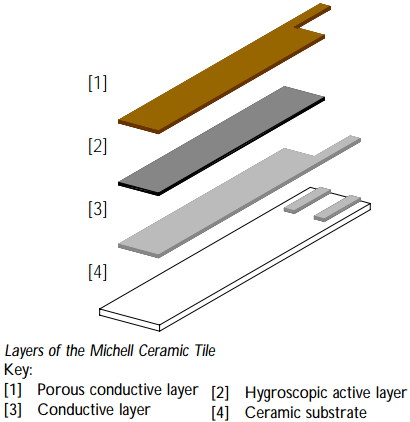
The resistance or impedance of the sensor ceramic layers changes with the water vapour applied to it. Finally converting the change in impedance will give us the humidity value.
Also Read: NDIR Gas Analyzer Principle
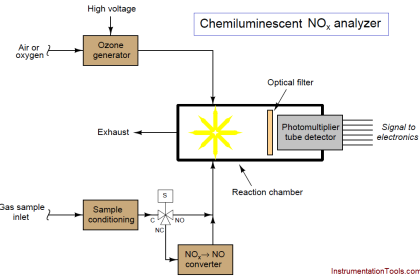
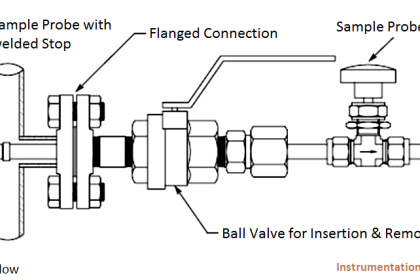

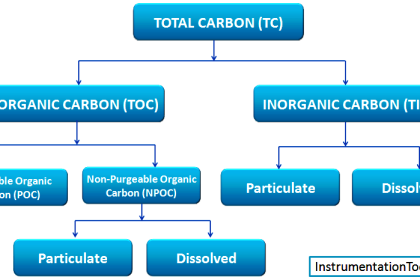
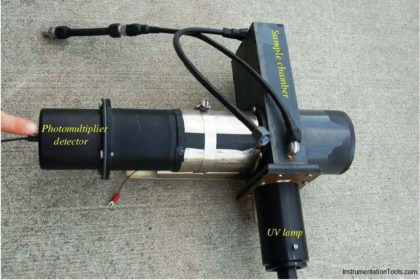
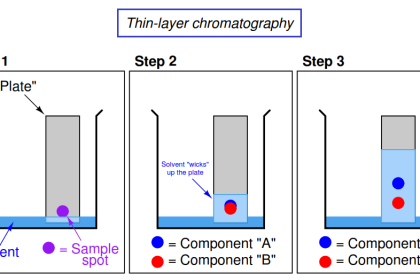
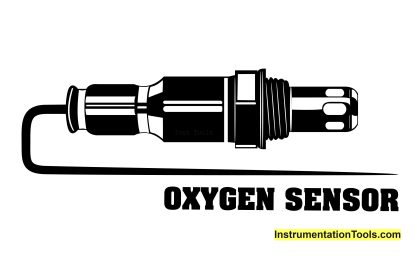
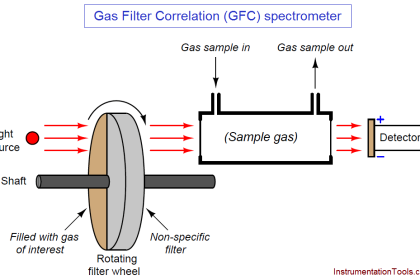
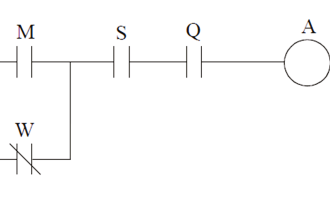



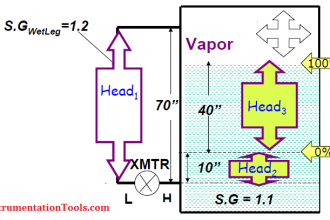
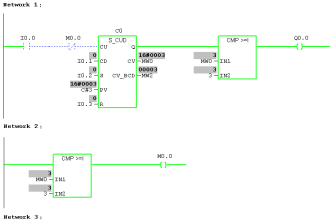
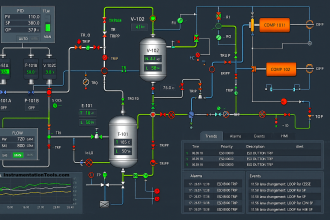
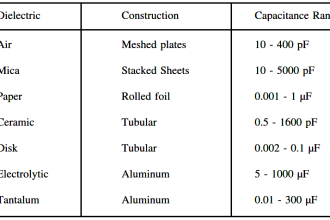

Hi,
I tried interfacing DHT11 sensor with Arduino. It was only showing humidity values but not showing any temperature values.
what should I do?